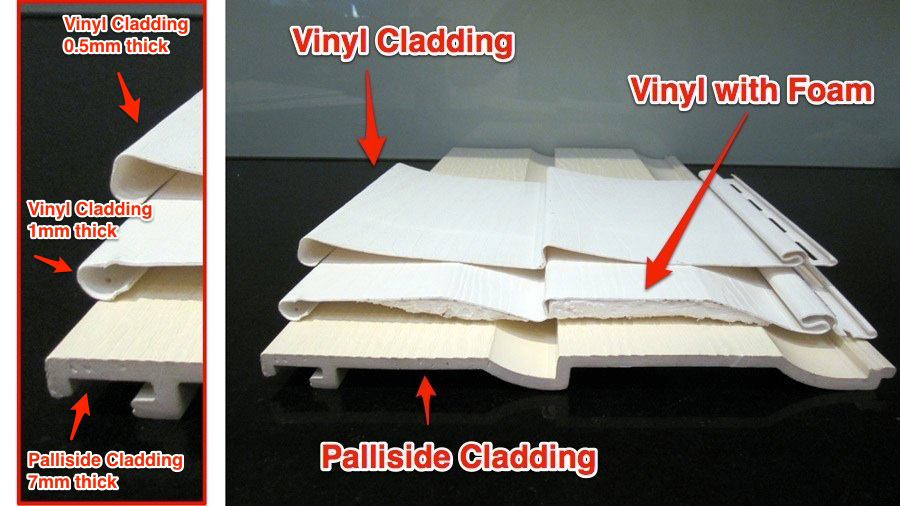
Cladding the exterior walls of your home is a good idea for several reasons. Cladding can improve the external appearance of your property, and it’s an excellent form of insulation. If you add cladding to your walls, it also helps to protect them against extremes of weather and reduces the amount of external noise that you can hear.
You can see why cladding the walls of your property is a good idea, but which type of cladding should you use? There are several different types of cladding for houses that you may want to consider. We are going to look at the three main types in this article.
Vinyl cladding
This type of cladding was first manufactured in the 1970s. The aim was to find a better, and affordable, product, to replace aluminum siding. Since its first appearance, vinyl cladding has been a popular choice with people wanting to add cladding to the outside of their homes. This is mainly because it’s usually the most affordable option.
Not everything about vinyl cladding is positive though. It’s been found that, over time, this type of cladding can warp and fade. You may find yourself having to replace vinyl cladding after just a few years. It’s also not the best choice of cladding material if you want the best level of protection against adverse weather conditions.
Having said all of this, vinyl cladding is still an affordable way of improving the appearance of your home and helping to insulate it.
Timber cladding
Timber cladding is often a popular choice with people who feel it blends with, or best complements, the exterior décor of their property. There is no doubting that this type of cladding does look good.
The biggest negative, when it comes to timber cladding, is that it requires plenty of maintenance. It’s susceptible to the same problems as any timber, such as rot. You need to make sure that it lasts for as long as possible by taking good care of it.
UPVC cladding
This type of cladding is still relatively new to the market, in comparison to the others we have mentioned. It’s also a more expensive choice. But, you have to remember that UPVC cladding is highly durable. You do not need to replace it as often as other types of cladding, so it could be the more cost-effective option, in the long term.
UPVC cladding does not fade or warp, so the exterior of your property keeps on looking good. This type of cladding is also easy to care for. All you have to do is wipe down the cladding, with a damp cloth and some cleaning fluid.
Cladding can be a decorative and useful addition to any property. Hopefully, we have enabled you to see the benefits of having cladding fitted to your home. There are pros and cons of each different type of cladding material. You should use the information we have provided to help you choose the type of cladding that is best suited to your needs.
